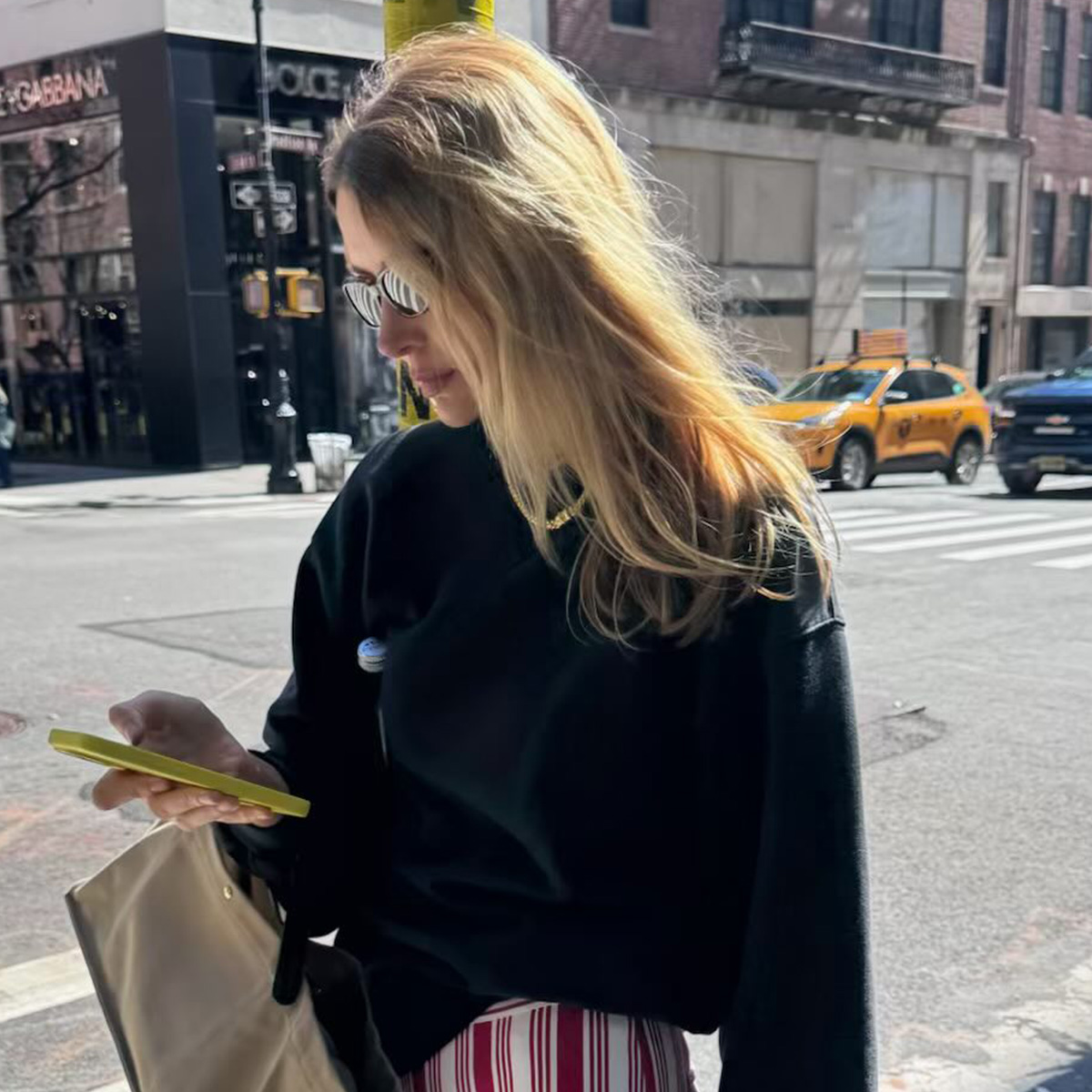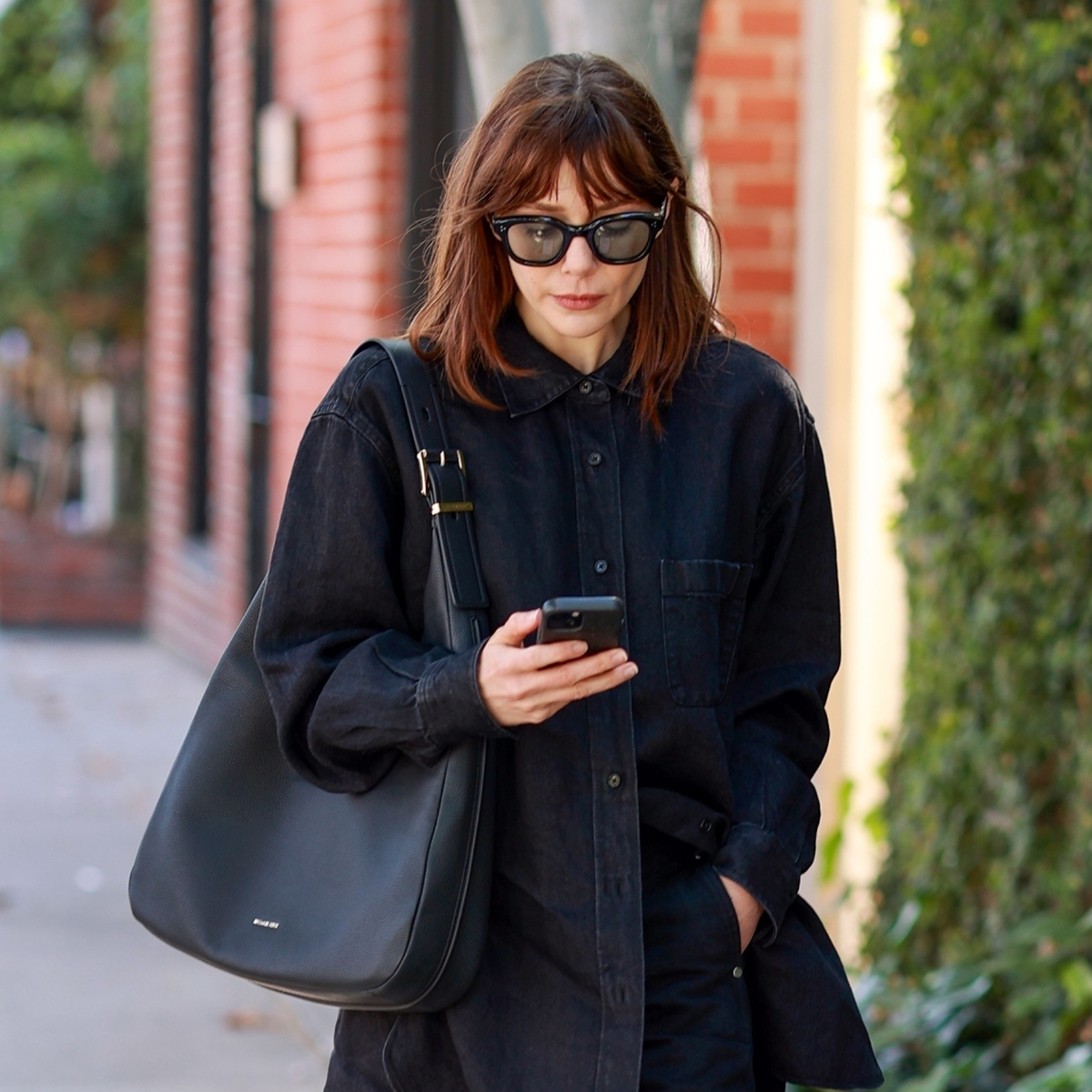After 10 Years, I Finally Learned How to Get the Most Out of Retinol

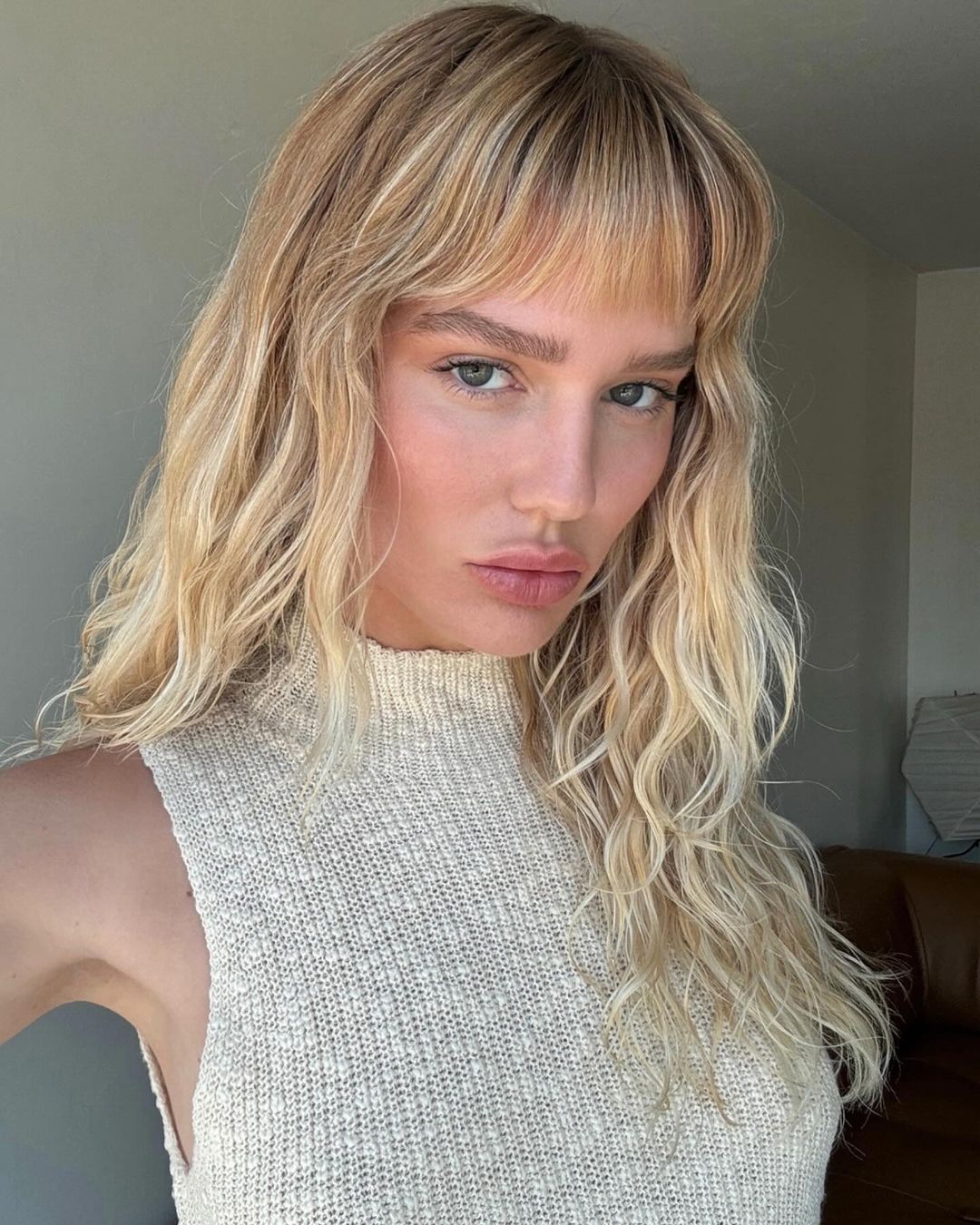
Have you ever paused while shopping for your skincare to look up the benefits of adding particular ingredients to your routine? If not, you're probably in the majority of shoppers hoping to get in and out of busy beauty retailers in one piece with a trusted product of choice. Even so, it's no surprise that retinol is one of the most popular ingredients you may have been spotting recently on the back of your moisturizers, creams, and serums due to its anti-aging qualities.
Since I've heard its praises sung time and again over the years without knowing why it's so heavily credited for its ability to address skin imperfections, I thought it was about time we dived into the nitty-gritty details. Instead of cosigning what the TikTok believers and naysayers have to say about retinol, I've tapped four dermatologists for tips, tricks, and their favorite products to maximize the effects of it.
What is retinol, and when should it be used?
If you're not sure if you should have already incorporated retinol in your skincare lineup, the short answer is a resounding yes from our experts. "Retinol is a form of vitamin A that is found in skincare products for its anti-aging and exfoliating effects," Teresa Song, MD, FAAD, of Marmur Medical tell us. "It increases the turnover of skin cells to decongest pores, stimulates collagen production, as well as improves pigmentation in the skin. It is a fan favorite for acne patients and anyone looking to improve the texture of the skin and reduce the appearance of wrinkles."
Song shares that a typical sign your skin may benefit from retinol is the appearance of fine lines, textured skin, and uneven pigmentation. Additionally, collagen decline typically begins around the mid-20s to early 30s, and retinol is known to stimulate collagen production. It should also be noted that retinoids also works directly on retinoic acid receptors in our cells, allowing users to reap the benefits of improved skin tone and texture while also addressing concerns like acne, fine lines, wrinkles, and scarring.
How to Start Using Retinol Products
Muneeb Shah, DO, recommends taking your time and paying attention to how your skin reacts. "You should always start slowly and gently. Generally, a pea-size amount is applied to the entire face evenly at nighttime. One should start one to two times per week, then every other night the following week and increase to nightly as tolerated," explains Shah. Begin your nighttime routine with a gentle foaming cleaner followed by your retinoid of choice and a heavy moisturizer to deliver and lock in the hydration.
Most individuals new to retinol become tolerant of it over time by using it less frequently or with the sandwich method (applying moisturizer followed by retinol and more moisturizer). If your skin tends to be on the more sensitive side, you still have options for getting a desired result. "Other vitamin A derivatives such as retinyl palmitate, retinaldehyde, and tretinoin will deliver the same anti-aging results since they are all part of the same molecular pathway. The same can't be said for things like bakuchiol, which has not been as extensively tested as retinol," says Courtney Rubin MD, MBE, FAAD. Retinol has undergone more research to support is efficacy and has been used for a longer period of time.

Combating Irritation
Upon application, retinoid users may experience skin irritation resulting in dryness, peeling, scaling, redness, burning, or stinging sensations. According to Hadley King MD, FAAD, skin irritation may be caused by using too much retinol, not using moisturizer with it, not using sun protection, and using other potentially irritating ingredients like hydroxy acids. Users may think they can't tolerate retinol due to initially experiencing irritation, but symptoms can usually be expected to subside by the fourth week of use.
When your skin has returned to its healthiest state, be careful about what you expose your skin to, especially when it comes to treatments. Staying on top of your skin's health is crucial to achieving your desired results. "Retinoids should be avoided after a sunburn, chemical peel, laser resurfacing, micro-needling, etc., until the skin has healed," says King. "Because retinoids increase cell turnover and decrease the stickiness of skin cells, this can make the skin more fragile." For example, when eyebrows are waxed, you may notice major skin inflammation.
Finding Your Perfect Match
Now, here's the fun part—shopping for the retinol product that will make the biggest difference in the appearance of your skin! When revamping your skincare routine, Song recommends starting simple and paying particular attention to beneficial essential ingredients. "I generally recommend simplifying the routine first with what they have, then begin adding one new product at a time and slowly transitioning over by removing repeated ingredients," King says. If budgeting, consider spending less on the face wash and more on the retinoid and moisturizer.
Before making a full-size purchase, it may be helpful to obtain travel sizes or a sample of the retinol product you're most interested in trying or seek advice from a board-certified dermatologist to go over your routine. Below, discover our edit of the 11 retinol products dermatologists recommend for everyone, from beginners to experienced retinol users.
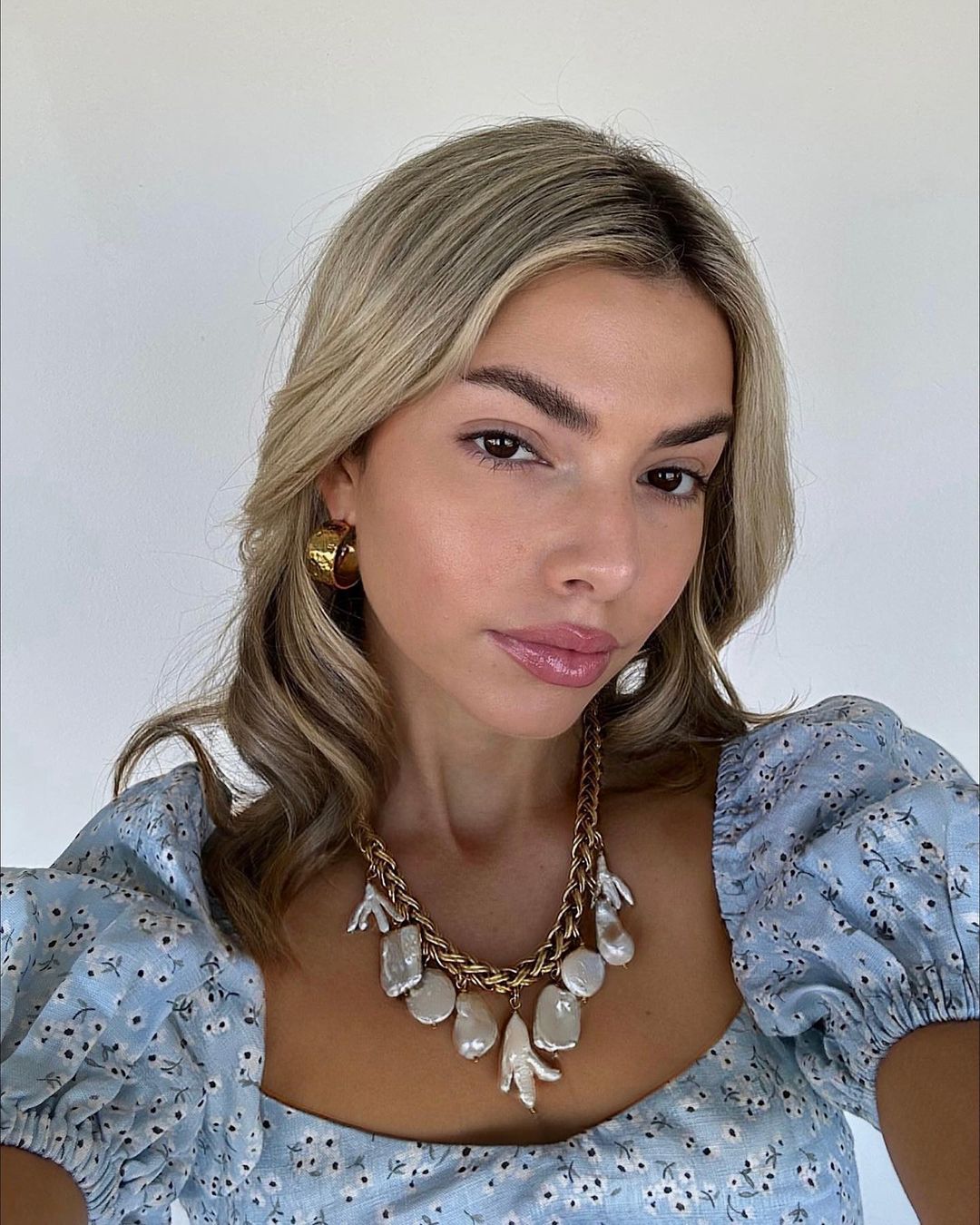
Dermatologist-Recommended Retinol Products
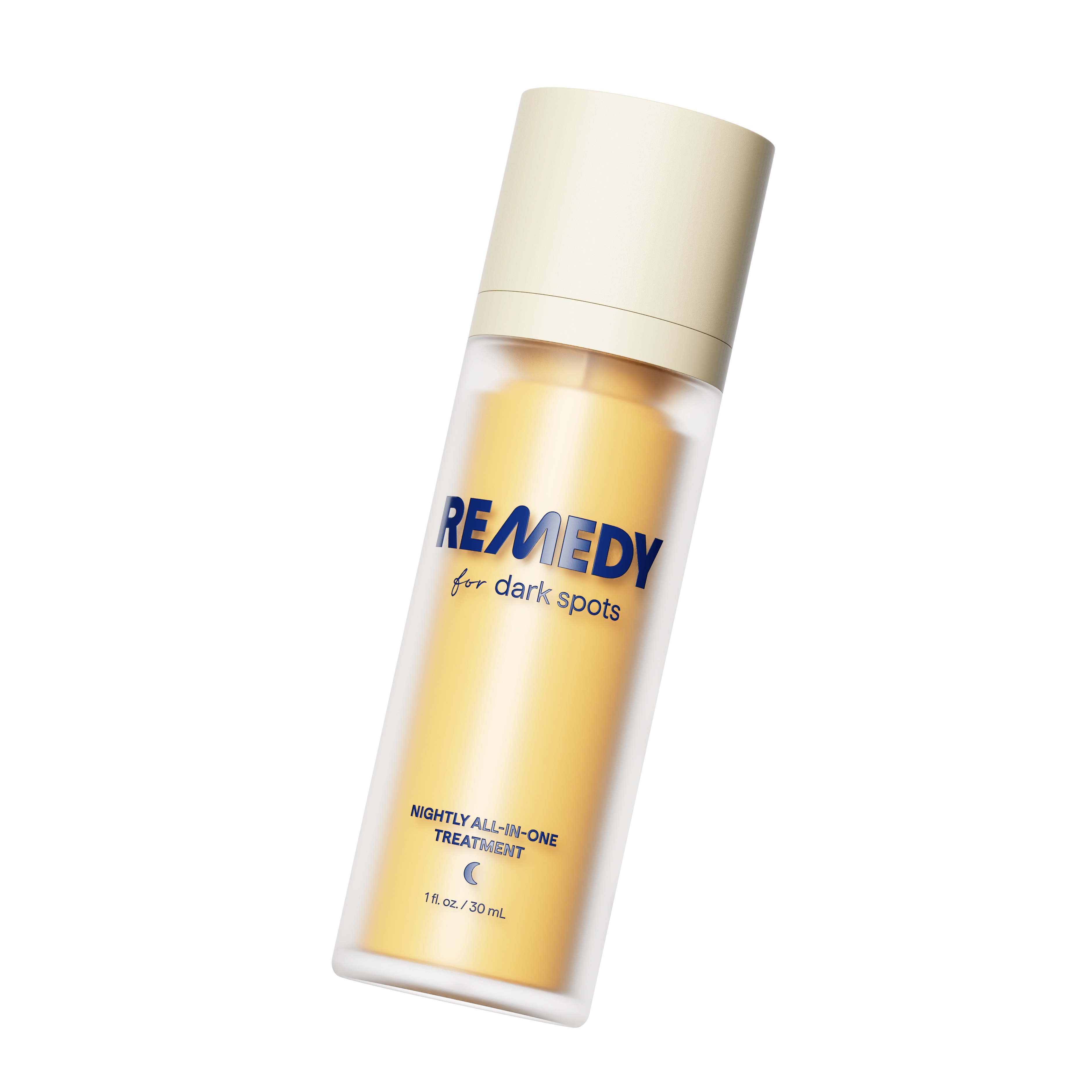
Shah's go-to product with retinol is this nightly targeted treatment from his brand, Remedy. It has a nine-in-one ingredient formula that helps to improve the skin by fading dark spots and evening out skin tone.
Customer Review: "I love this all-in-one night treatment! It's made my routine faster and much easier. I use this and then my night cream and wake up to brighter and smoother skin. I've been using it nightly for a few weeks and even my facial provider noticed a difference in my skin's texture and brightness!"
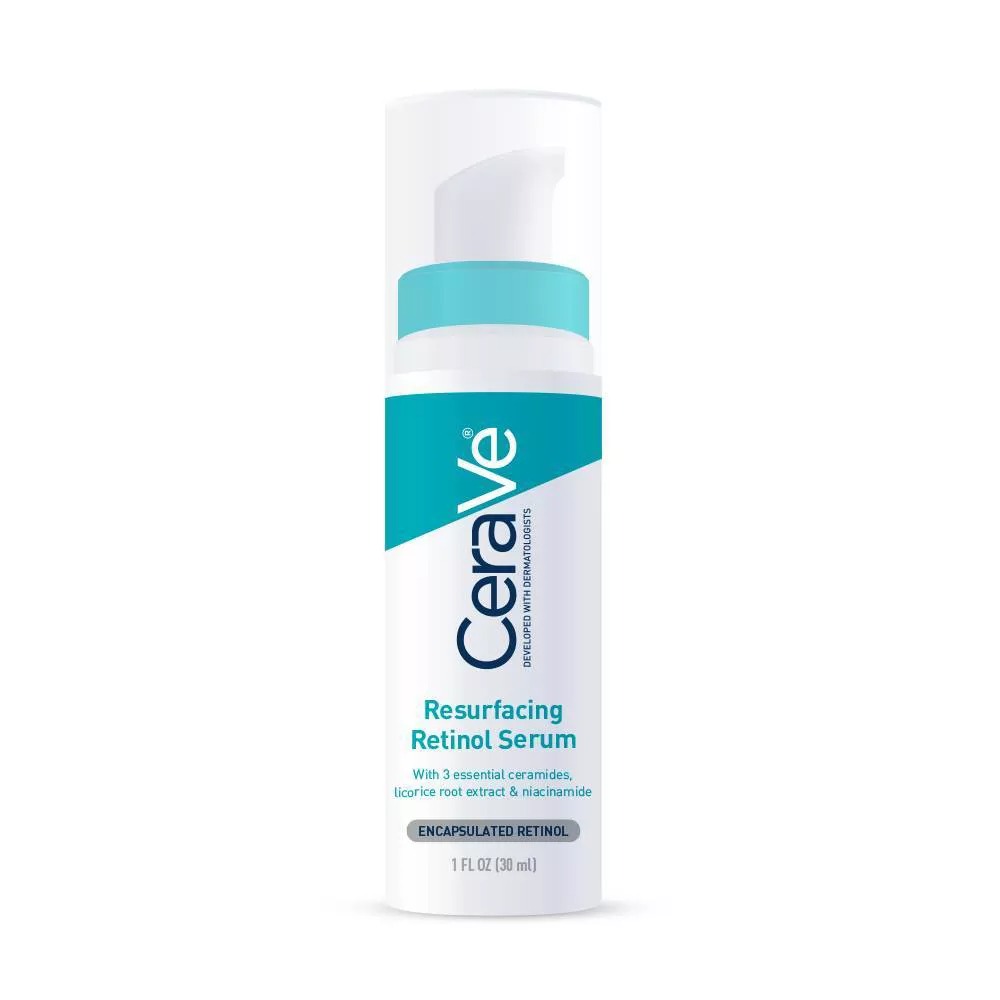
For beginners, Shah recommends starting with this retinol serum. Its formula features niacinamide and ceramides to reduce the appearance of post-acne marks and pores while protecting and restoring the skin barrier.
Customer Review: "I absolutely loved using this product! When I was consistent with using it, I noticed a huge difference in the appreciation of my skin. My dark spots are basically gone, and my skin texture has improved greatly. I would recommend this to anyone trying to improve the appearance of their skin!"
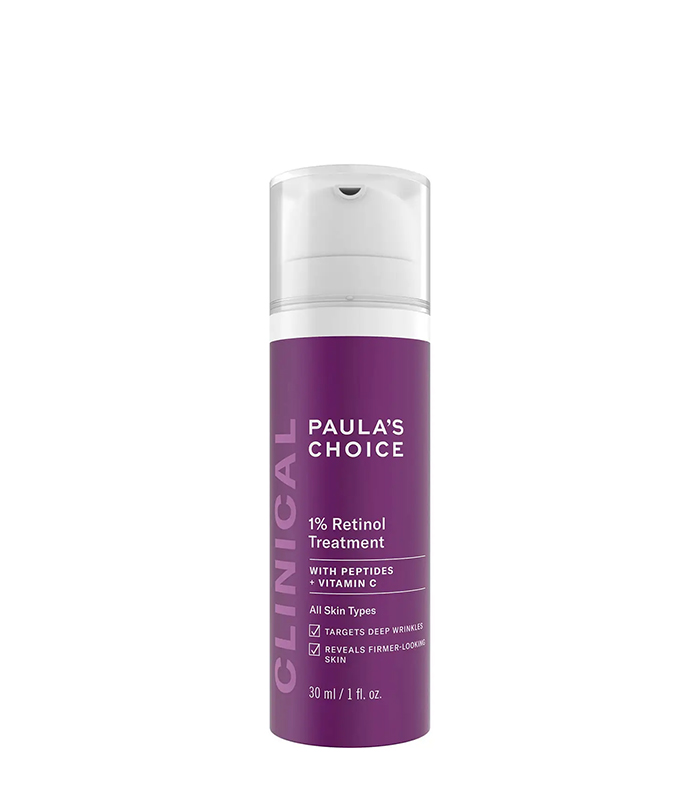
For more experienced users, Shah suggests using the Paula's Choice Clinical Anti-Aging 1% Retinol Treatment. It has a higher concentration of retinol compared to to CeraVe. Plus, it has peptides, a vitamin C derivative, and licorice root.
Customer Review: "This has been my go-to retinol for a few months now and I love it. This brand is honestly one of my favorites. The price points are great for the high-quality products. This also doesn't irritate my skin like other retinols, but it does look like it makes a difference!"
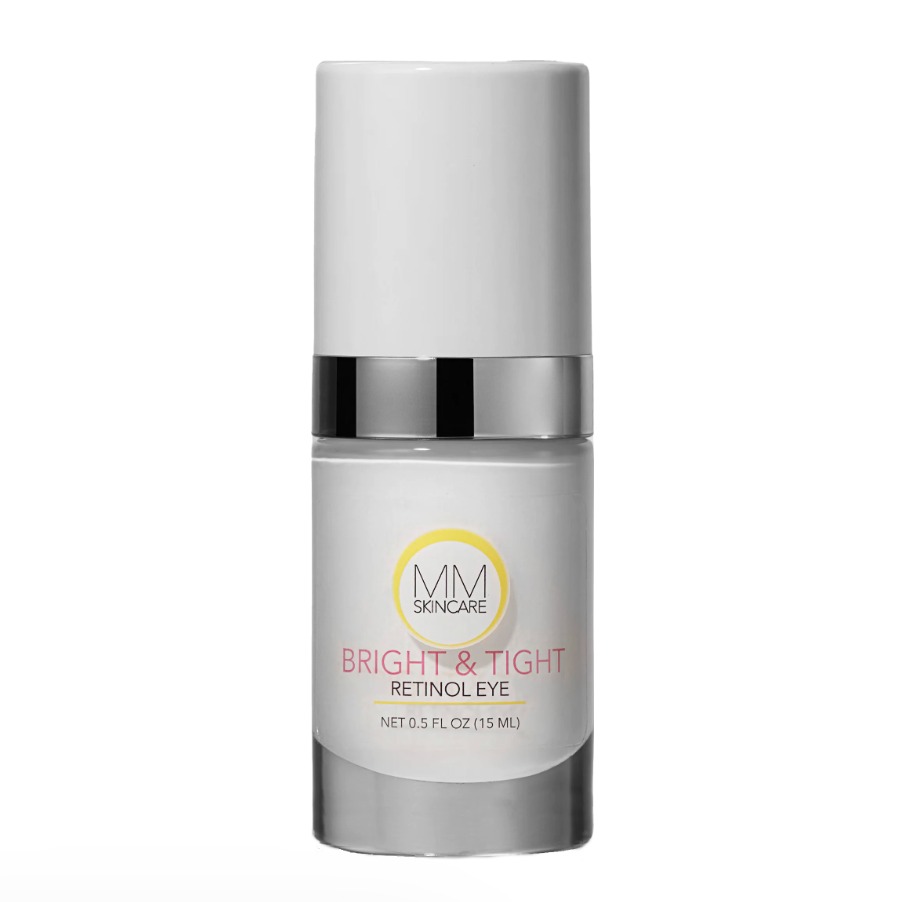
Dark circles and fine lines are no match for Song's go-to eye cream. It fights signs of aging with a formula using retinol for skin turnover, coffee to de-puff, and peptides to nourish the skin.

According to Song, this SkinBetter Science overnight cream contains gentle retinyl esters with glycolic acid in a hydrating base that is well tolerated and effective. You'll see an improvement in the appearance of lines, wrinkles, uneven tone, and texture.
Customer Review: "This is hands down one of the best retinols I've used. It doesn't dry out my skin at all and makes your skin look plump and hydrated. I've noticed a difference in my texture when using this product and the elasticity of my skin. Highly recommend anything from this brand!"

For newcomers to the world of retinol products, Song recommends using this ultra-hydrating retinol cream. It has a hydrating cream base, which allows for slower delivery of retinol and less irritation of the skin.
Customer Review: "I got this about a week ago, and I love it. It makes my face feel silky and smooth. It also gives my face a younger, more youthful look. Leaves my face hydrated for hours on end. I've also noticed some fine lines slowly diminishing."

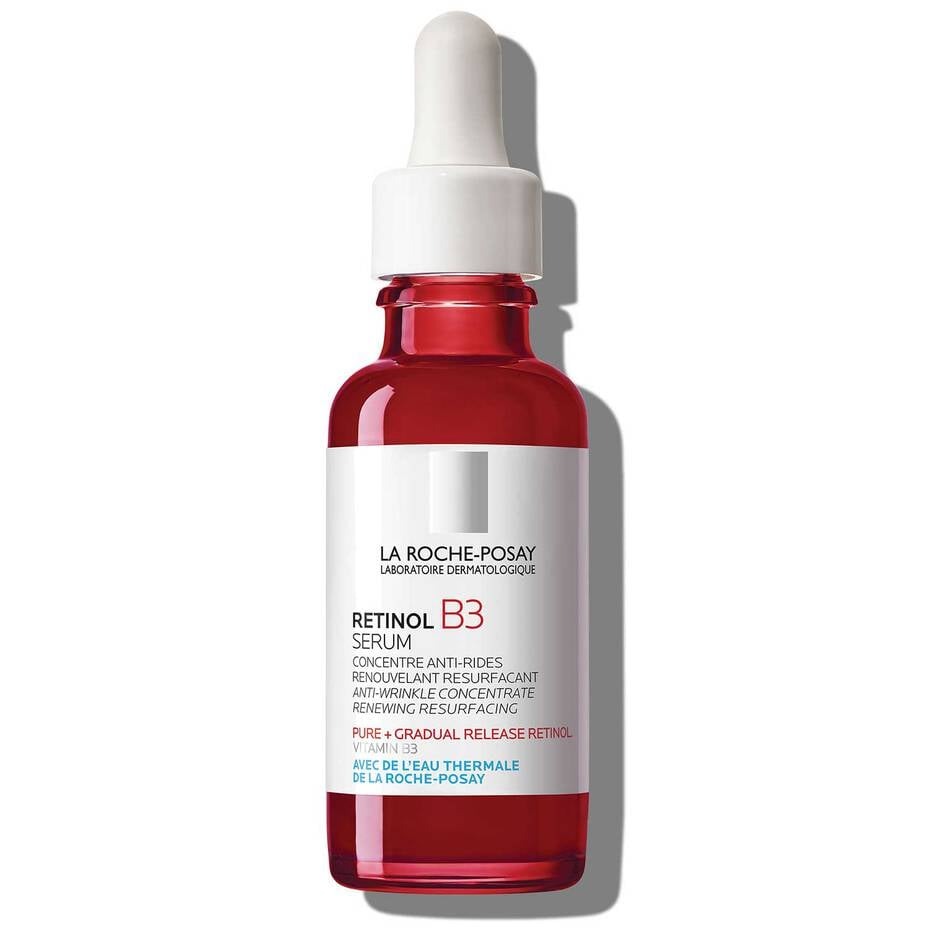
Song also loves how lightweight and fast-absorbing La Roche-Posay's Retinol B3 Pure Retinol Serum is. In addition to containing soy and niacinamide to address skin sensitivity, it has citric acid for its antioxidant effects.
Customer Review: "I really could not believe the visible difference in just a few days. I was amazed. I receive consistent compliments on my skin after using the product for about three weeks. It will now be a staple in my skin care routine!"

King likes this gentle retinol treatment because it combines the benefit of bakuchiol, vitamin C, and vitamin E in a base of chia-seed a buriti oils to support the skin barrier and lock in moisture. Bakuchiol doesn't irritate or redden the skin like retinol but provides similar effects.
Customer Review: "I've only tried a couple retinol alternative products, but I'm very happy with this one and will continue to use. It's gentle but effective, and I could tell a difference in my skin when I don't use it."

This one is recommended by King because it's formulated with microencapsulated and granactive retinoids to stimulate collagen production and cell turnover. It also contains tone-improving niacinamide, hyaluronic acid, and ceramides to boost skin-barrier health.
Customer Review: "I never notice too much difference with skin care but have really noticed an improvement using this within just a week. Smoother, more 'glowy' skin without a doubt! I've been using the 2% but thought it was time to upgrade and fully can see the difference—BUY IT!"
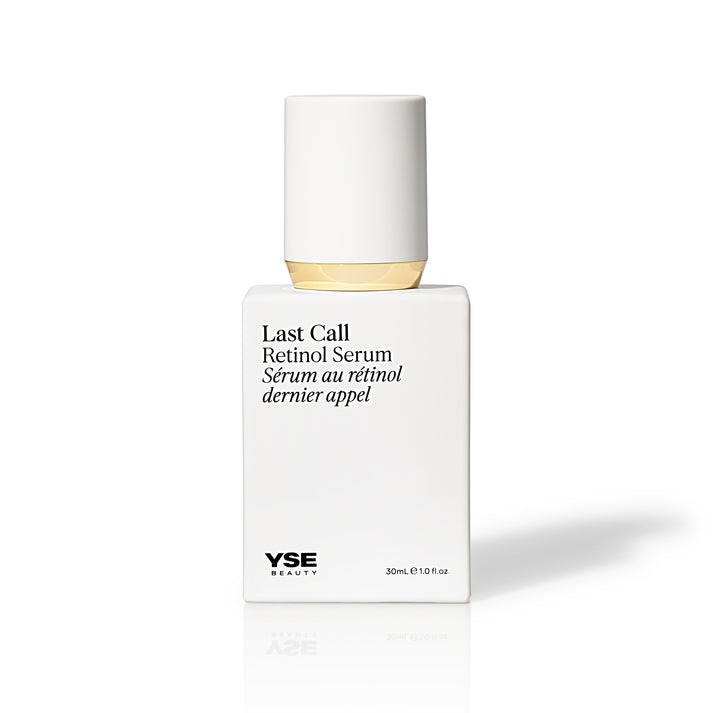
Another favorite of King's is the Yse Beauty Last Call Retinol Serum. It has encapsulated retinol release over time to decrease irritation as well as hyaluronic acid, retinol, and linoleic acid. It also contains beta-glucan, which supports skin repair.
Customer Review: "This is the very first retinol treatment that I can use daily. My skin is much improved in appearance with a reduction of sun damage spots, and my fine lines around my eyes and mouth are much less noticeable."

Both King and Rubin acknowledge this retinol night cream as being the perfect product to gradually introduce into your skincare routine. The night cream is formulated with three different concentrations of retinol. "Level 1 contains 0.15% encapsulated retinol, which is the perfect introductory concentration for someone who has never used retinol before. Level 2 contains 0.3% encapsulated retinol, and Level 3 contains 0.6% encapsulated retinol," explains Rubin.
Customer Review: "This is my first retinol use, and it has been gentle on my skin but also taking care of the dryness I could never get rid of, has helped my breakouts, and has helped even my skin tone. 10/10 recommend; especially as a starter."

Maya Thomas is Who What Wear's Associate Beauty Editor based in New York City. Her strong love for all things beauty and fashion stems from a strong childhood interest in the fine arts. During a gap year spent in Paris studying the history of French fashion, she shifted her focus to English literature and journalism as a student at Loyola Marymount University with the goal of one day pursuing a career in fashion. After graduating in May 2021, Maya began freelancing for Parade.com as a contributing commerce writer while also building a following on her lifestyle blog, Itsmayalala.com. When she's not writing, Maya spends her free time catching up on reading, perusing art galleries, and enjoying a night out at the ballet every now and then.
-
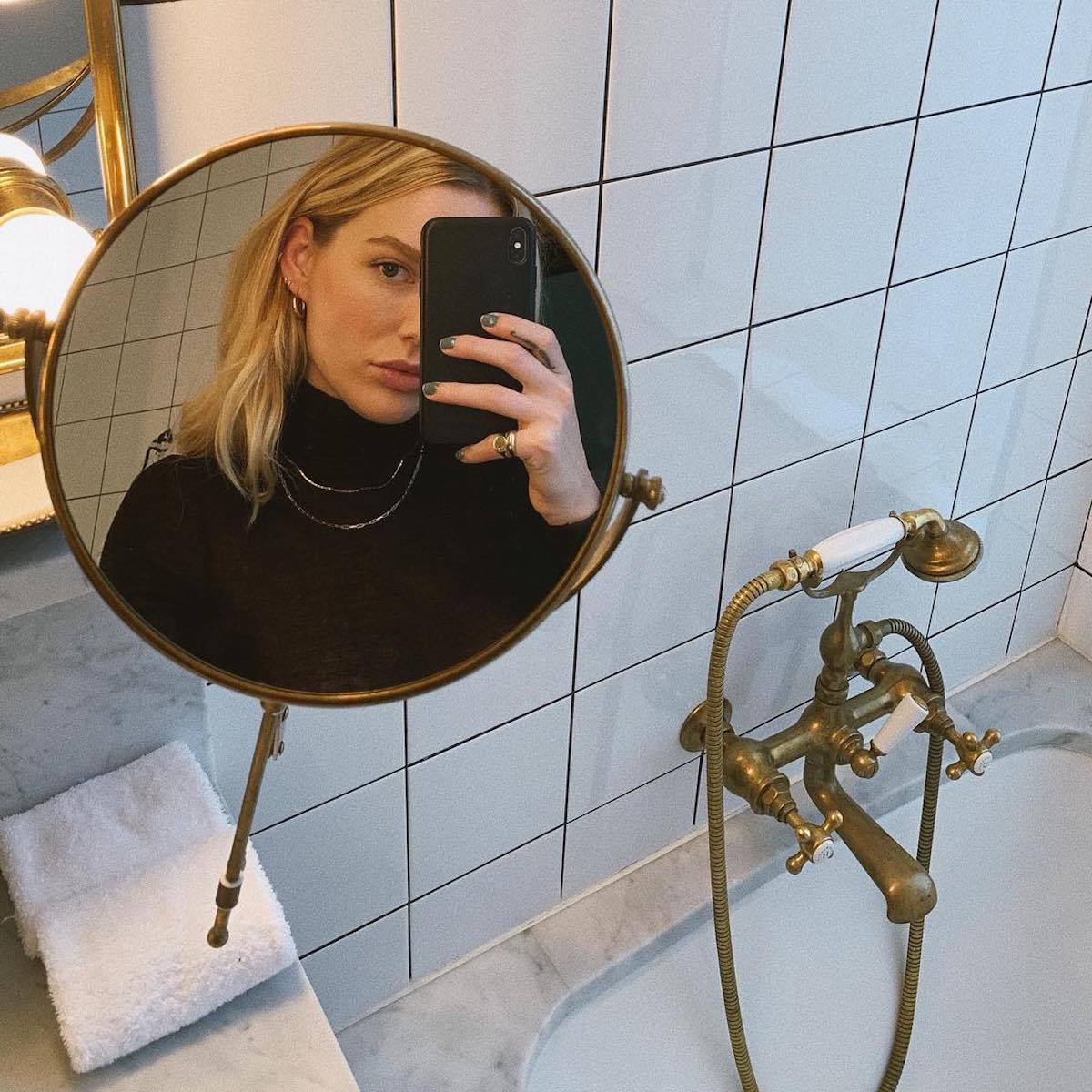 Dry Skin and Damaged Hair? Hard Water Could Be the Culprit—Here's What to Do About It
Dry Skin and Damaged Hair? Hard Water Could Be the Culprit—Here's What to Do About ItTwo dermatologists and a trichologist agree.
By Kaitlyn McLintock
-
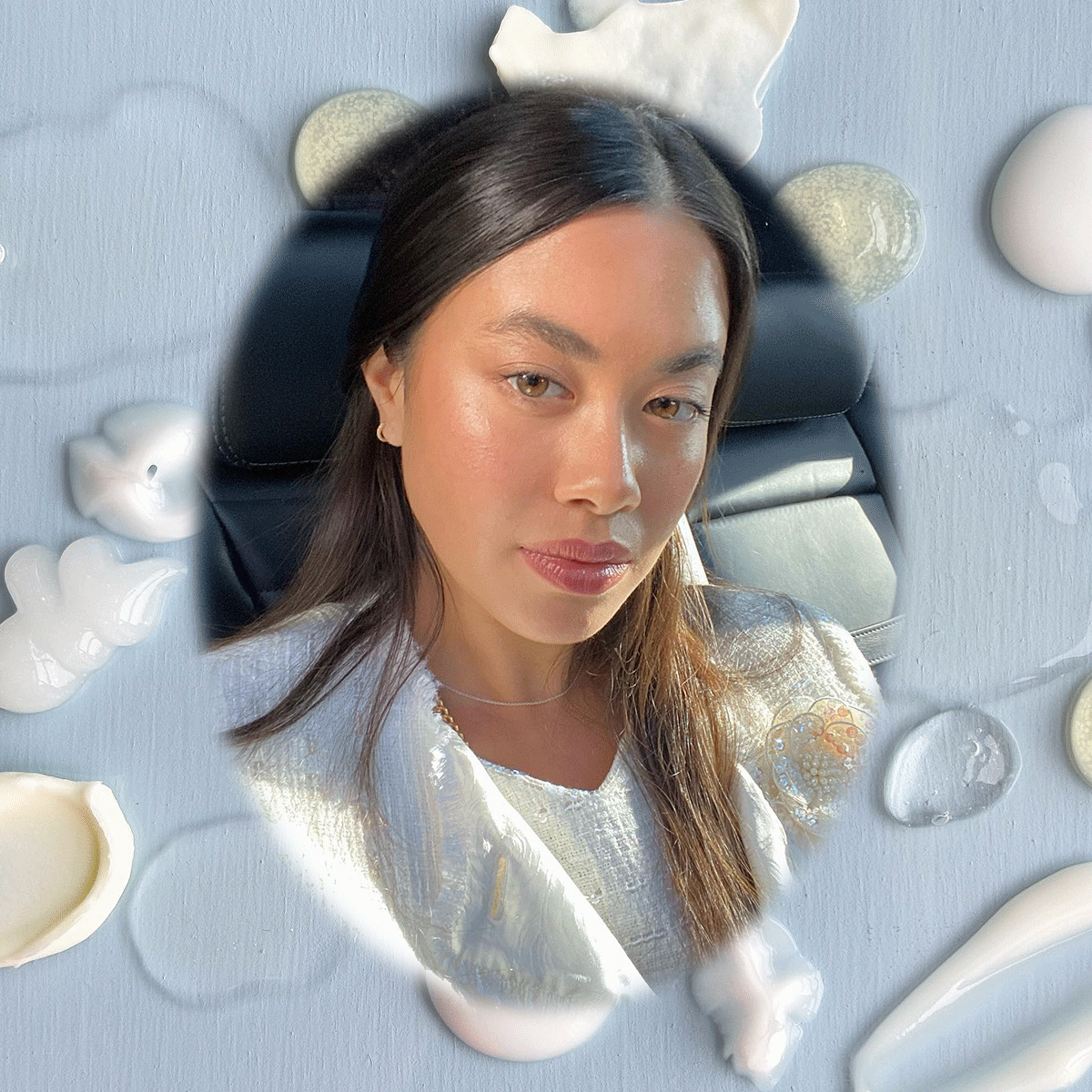 Derms Say This Is the Ultimate "Glass Skin" Ingredient, and You've Probably Never Heard of It
Derms Say This Is the Ultimate "Glass Skin" Ingredient, and You've Probably Never Heard of ItHere's the 411.
By Kaitlyn McLintock
-
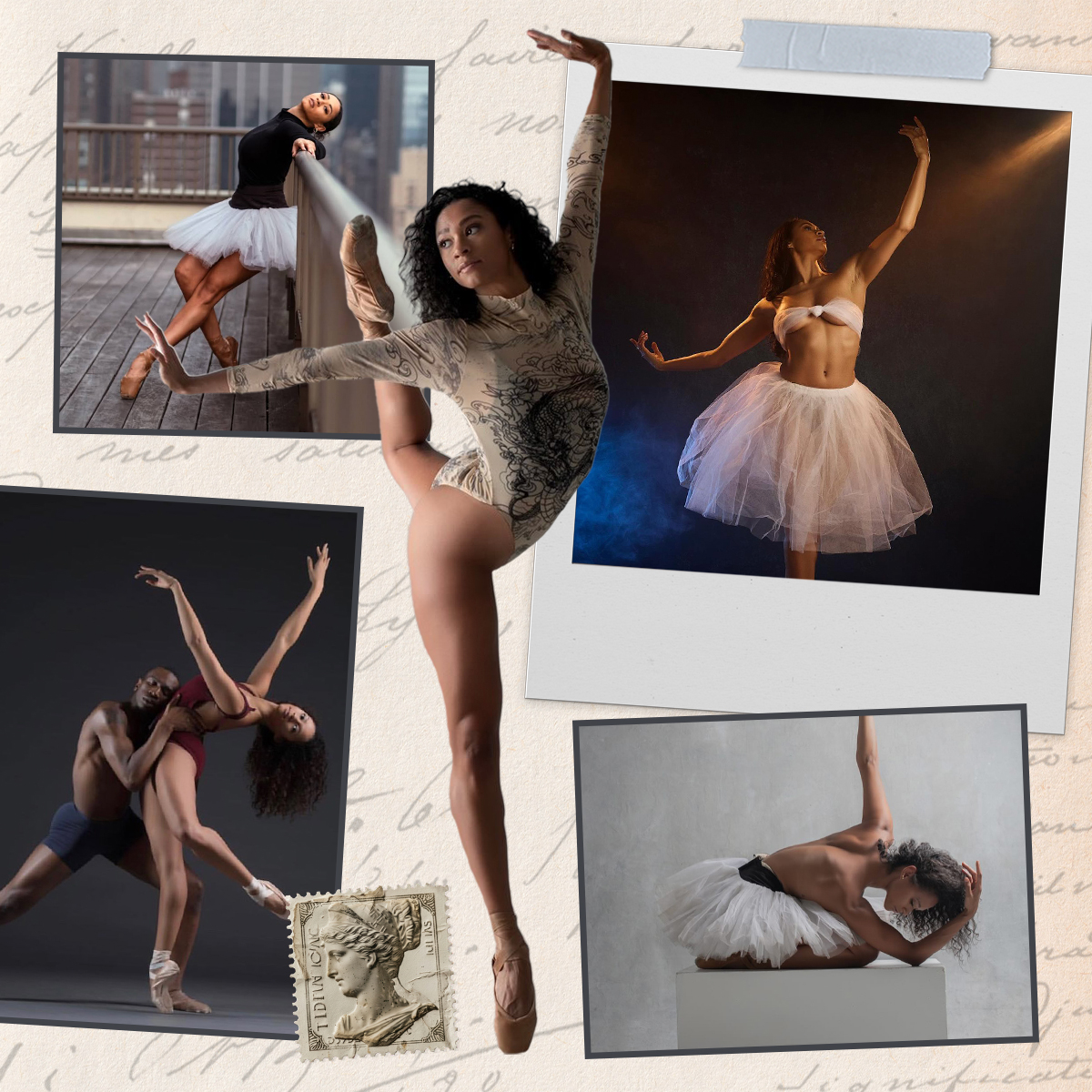 There's Nothing Stopping Ballerina Alicia Mae Holloway From Soaring to New Heights
There's Nothing Stopping Ballerina Alicia Mae Holloway From Soaring to New HeightsThis dancer is living life with no limits.
By Maya Thomas
-
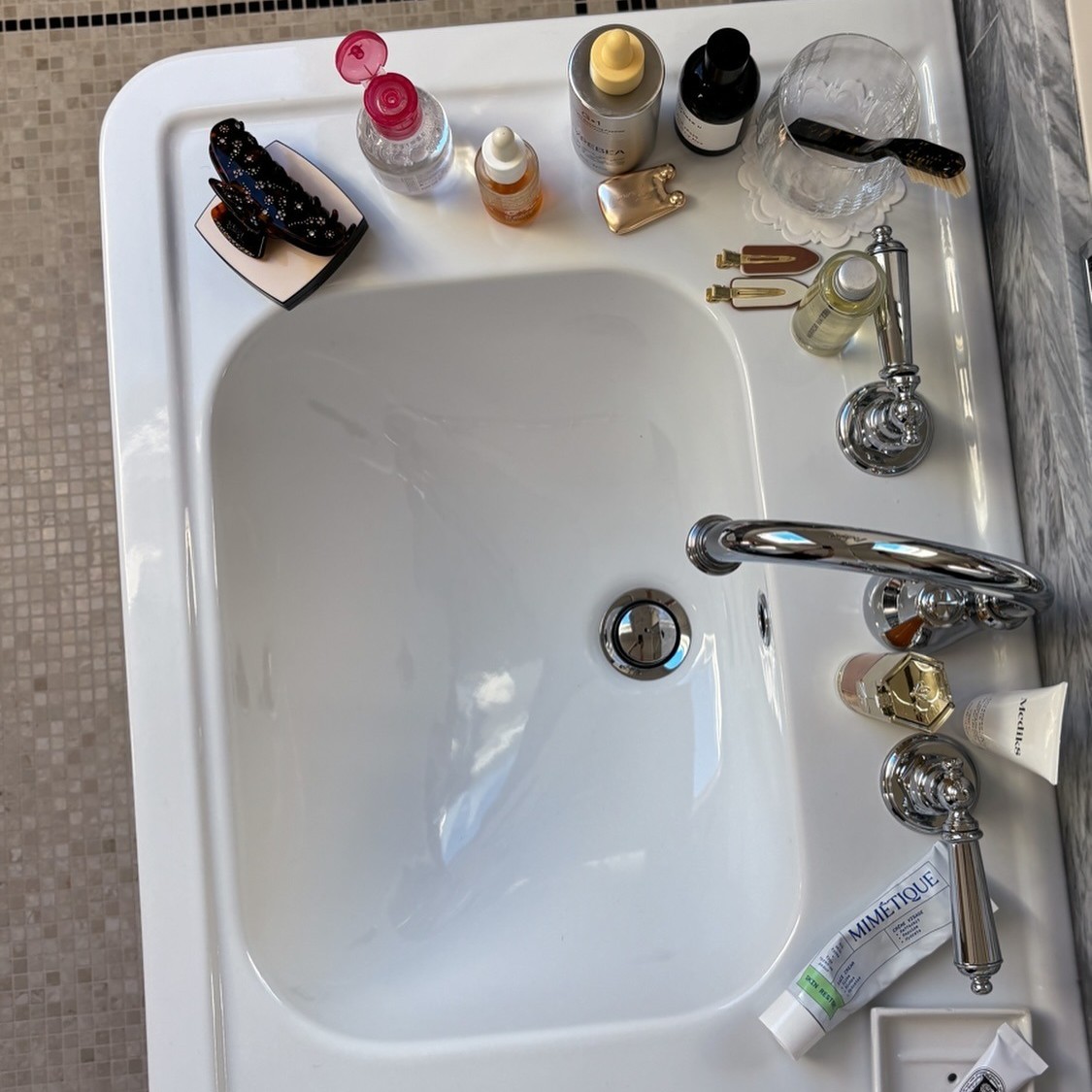 Derms and Beauty Editors (Hi, It's Me) Swear By This Straight-From-Nature Skin Hero That's DIY Mask–Approved
Derms and Beauty Editors (Hi, It's Me) Swear By This Straight-From-Nature Skin Hero That's DIY Mask–ApprovedThis is your sign to start slathering it on.
By Jamie Schneider
-
 Salma Hayek Pinault's Key to Youthful Skin? Moisturizer Sandwiches and This "Turkey Neck" Treatment
Salma Hayek Pinault's Key to Youthful Skin? Moisturizer Sandwiches and This "Turkey Neck" TreatmentNo retinol, no peels, and absolutely no injectables.
By Jamie Schneider
-
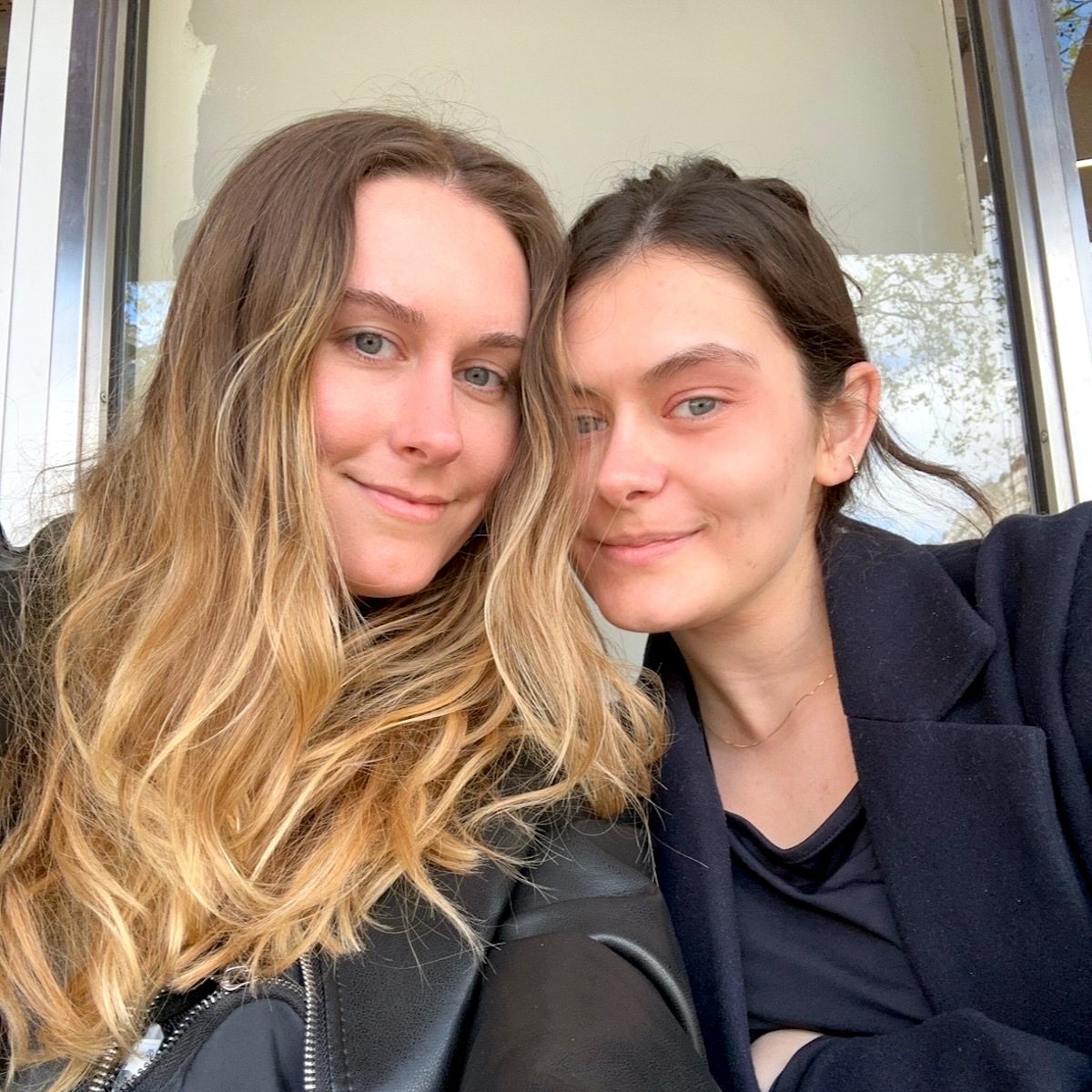 My Sister and I Have Opposite Skin Types, But These Products *Magically* Work for Both of Us
My Sister and I Have Opposite Skin Types, But These Products *Magically* Work for Both of UsThese are our "unicorn" products.
By Kaitlyn McLintock
-
 Hailey Bieber Says She "Couldn't Live Without" This $12 French Pharmacy Cream
Hailey Bieber Says She "Couldn't Live Without" This $12 French Pharmacy CreamThat's it—I'm buying three.
By Kaitlyn McLintock
-
 I Polled Our Editor Slack Channel—10 French Beauty Products We’d Buy From Ulta’s Spring Sale
I Polled Our Editor Slack Channel—10 French Beauty Products We’d Buy From Ulta’s Spring SaleBy Alyssa Brascia
